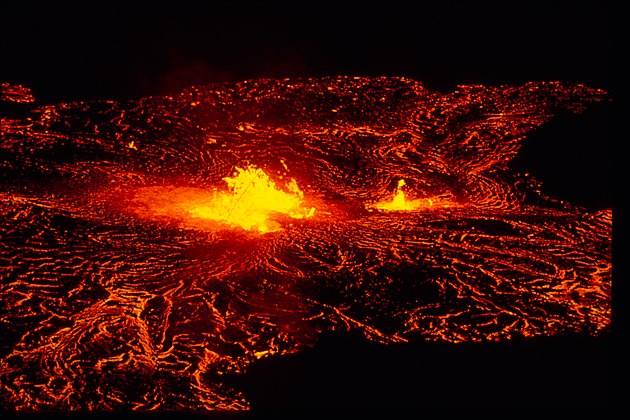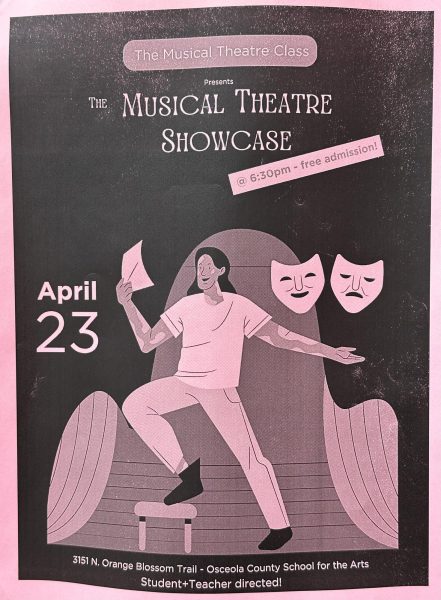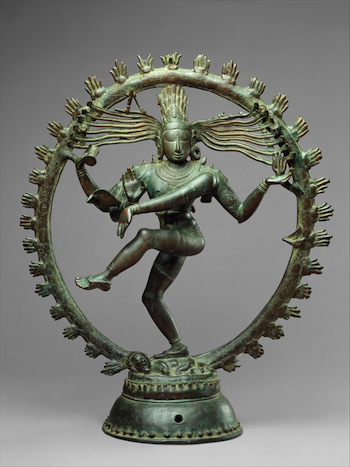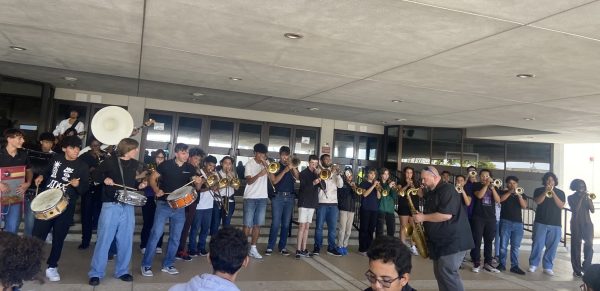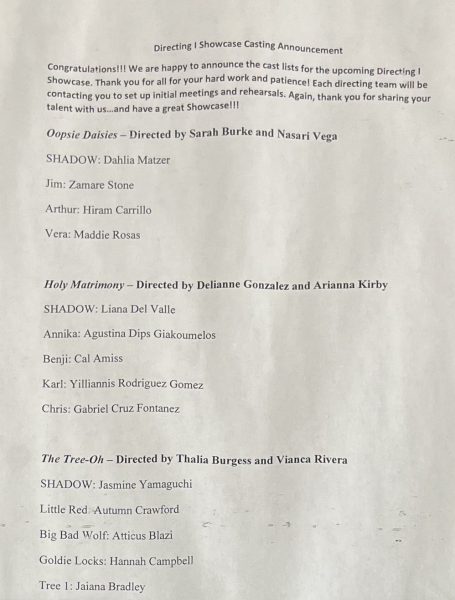Mauna Loa Volcano erupts for the first time in 38 years!
Mount Loa Volcano after eruption.
December 14, 2022
Mauna Loa is a volcano in Hawaii that makes up 50% of the island due to its large nature. It stands at 13,681 feet or 4,170 meters, above sea level. It reaches 30,000 feet below sea level or 9,144 meters. The volcano is one of the biggest volcanos in the world and is one of the most active. Scientists who have studied the volcano eruption patterns predicted it to erupt every 6 years since 1984.
What they did not predict was the eruption on Sunday, November 27 2022, at 11:30pm HST. A fissure opened in the volcano’s Mokuʻāweoweo caldera and made a lava lake that pooled inside the crater within 2 hours. The lava flowed out of the southwest of the caldera. Thankfully, it did not threaten any populated areas near the volcano. Near 6:30 a.m. on November 28, the lava changed it route, moving to the northeast areas of the volcano. The volcano spewed fountains of lava, heights reaching to 100-200 feet or 30-60 meters from the three fissures in an area called a rift zone.
As of mid-December, the lava itself has not threatened any of the nearby towns and cities. But Pele’s hair (harden volcanic glass that was thinned as it was shot up into the air, named after the volcano god, Pele), can cause problems for the towns and cities. It is dangerous to have a bunch of it in one place since Pele’s hair can get into citizen’s lungs and can cut skin. The vog (smoke and volcanic ash), creates a breathing hazard and can hurt a lot of people.
Even though lava hasn’t threatened nearby towns, it has threatened the Daniel K. Inouye Highway, which is one of the main highways of transportation. While authorities are unsure whether the situation should be taken into action, Government officials David Ige and Maj. General Kenneth Hara sent 20 Hawai’i National Guard service members this Monday to assist on traffic control on the highway. The flow of the lava is unpredictable at the moment and authorities are worried that the lava might end up reaching the highway. “There are many variables at play and both the direction and timing of flow advances are expected to change over periods of hours to days, making it difficult to estimate when or if the flow will impact Daniel K. Inouye Highway,” the U.S. Geological Survey (USGS) said.
Mount Loa recently stop erupting on December 10th. “Spots of incandescence may remain near the vent, along channels, and at the flow front for days or weeks as the lava flows cool,” the USGS said. “However, eruptive activity is not expected to return based on past eruptive behavior.” It’s sister volcano, Mount Kilauea, also stop erupting near the same time. Officials are trying to see the connection between the two volcanos.
“Is this a coincidence? Maybe. Maybe not,” the USGS tweeted. “The volcanoes are not directly connected but might ‘feel’ one another via stress effects. Mauna Loa’s eruption could have allowed Kīlauea to ‘relax.’ That said, Kīlauea’s eruption was already pretty tenuous, occurring at very low rates.”

